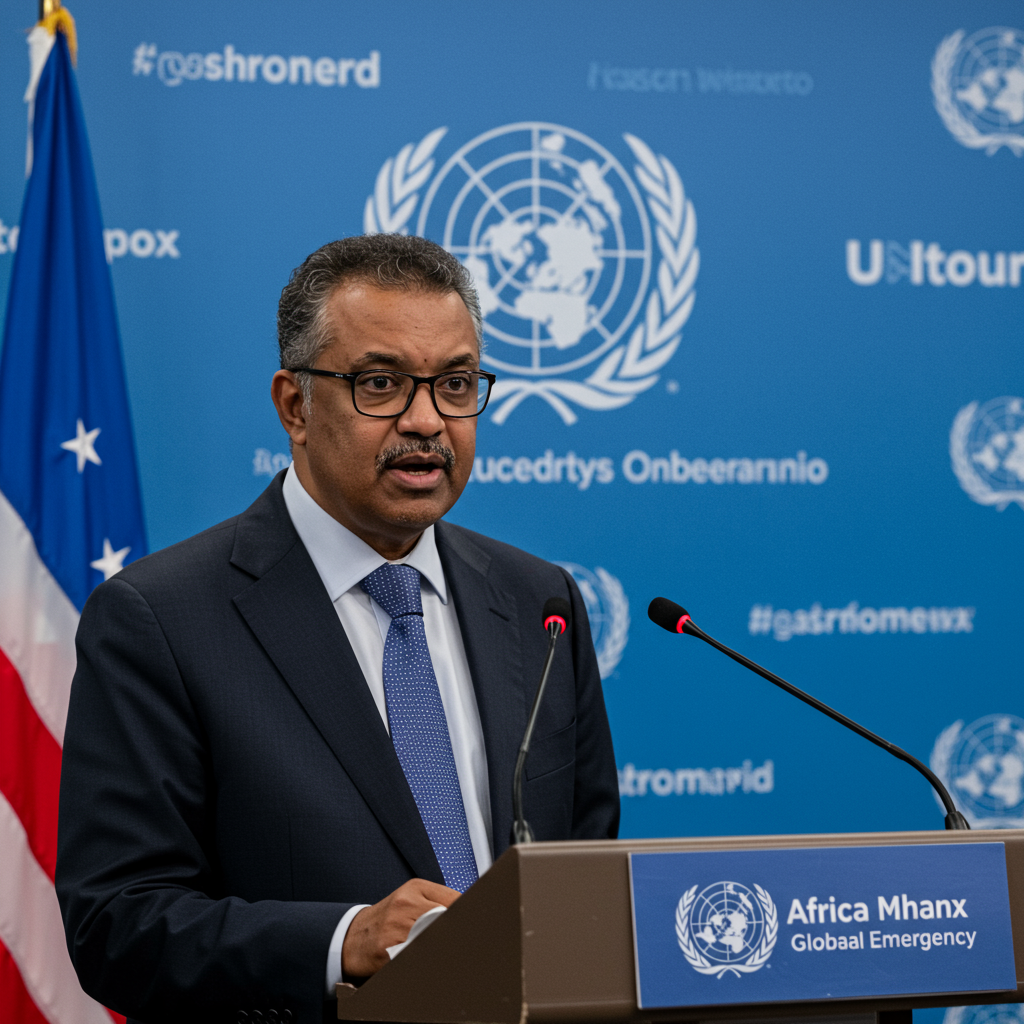The unwavering spirit of residents in Gaza City faces an unimaginable reality. One journalist shares her harrowing experience, rooted in the ruins of her home, as a relentless conflict threatens to erase an entire city. This poignant account reveals the profound dilemmas and heart-wrenching “non-choices” defining survival amidst a spiraling humanitarian catastrophe. It’s a testament to human endurance, refusing to yield to despair even as the future remains shrouded in an unknown fate.
A Stand Against Repeat Trauma: The Decision to Stay
For many Palestinians in Gaza, the decision to remain in their homes, or what’s left of them, isn’t born of bravado. It stems from a grim refusal to relive past traumas. Rasha Abou Jalal, a journalist, exemplifies this resolve. Currently, she lives with her husband and five children in a tent pitched on the rubble of their destroyed home in western Gaza City. Despite the Israeli military’s daily advance, their family, like countless others, refuses to evacuate south.
Their original home was lost in November 2023. This forced them into a friend’s house in northern Gaza City. However, their friend eventually fled to Egypt in December 2023. The situation escalated in August 2025. Israel began implementing a plan to “invade, seize, and ethnically cleanse Gaza City.” This forced Rasha’s family to move once more, setting up their tent on their home’s ruins on August 19.
This deeply personal choice is heavily influenced by a “bitter experience” of prior displacement. In October 2023, following the war’s onset, Rasha’s family was forcibly displaced south. They endured 15 months of constant upheaval, moving 13 times across different neighborhoods and cities. Their desperate search was for safety, water, privacy, or any semblance of life in overcrowded shelters. They only returned north after a short-lived ceasefire in January 2024, which broke in March 2024. The memory of this instability is a powerful deterrent against moving south again, leaving them “stuck between two non-choices.”
Life on the Rubble: Daily Realities in Western Gaza City
Life in western Gaza City is a harsh blend of resilience and dread. Tents, now ubiquitous, symbolize the ongoing displacement. Rasha’s family is among thousands who have sought refuge in this area, having fled from eastern and northern parts of the city. The proximity of the conflict is terrifyingly real.
Night brings violent explosions. These thunder from Jabaliya, Al-Saftawi, and Abu Iskandar, neighborhoods just kilometers away. These areas are now ghost towns, emptied of their residents. The destruction is not incidental; it’s systematic. The Israeli army reportedly deploys robotic vehicles loaded with explosives into residential blocks. These are detonated, causing massive destruction before the cycle repeats in another neighborhood. The ultimate aim appears to be the complete erasure of Gaza City.
The skies over Gaza are constantly patrolled by quadcopters. These small, unmanned aircraft are armed with bombs and bullets. Remotely controlled by Israeli soldiers, they fire at displaced people. They also drop bombs on rooftops, forcing families out of the few remaining shelters. Rasha feels her neighborhood’s turn for systematic destruction is imminent.
The Illusion of Safety: Dangers Across Gaza
The notion that southern Gaza offers a haven is a dangerous fallacy. Recent events tragically underscore this. A couple who fled Gaza City to the Nuseirat refugee camp was killed in an Israeli airstrike. Rasha’s colleague, journalist Hassan Douhan, was fatally shot on August 25. He was inside his tent in the Mawasi area of Khan Younis. On that same day, Nasser hospital in Khan Younis was bombed twice. This attack killed 22 people, including five journalists.
These incidents highlight the indiscriminate nature of the conflict. Safety is elusive across the Gaza Strip. A profound fear among residents is that leaving Gaza City might mean permanent expulsion from the entire Gaza Strip. This adds immense weight to an already impossible decision. Many cling to their land, even if it’s just a tent on a pile of rubble.
Community Amidst Chaos: The Strain of Shared Suffering
Even in extreme hardship, the bonds of community persist, albeit under immense strain. Rasha’s friend’s sister, with her family of four, called to ask if they could share Rasha’s 16-square-meter tent. This space already houses Rasha’s seven-member family, making it impossible to accommodate eleven people. Despite this, Rasha felt obligated, a debt of hospitality for a friend who once offered her home. This illustrates the depth of human connection and the impossible choices individuals face.
Rasha’s husband, shocked by her lack of objection, questioned the logistics. There were no easy answers. Ultimately, the friend’s sister decided to flee south. She advised Rasha to do the same, predicting the city’s complete destruction. This anecdote underscores the shared dilemmas and the pervasive sense of impending doom that influences every decision.
Humanitarian Crisis Deepens: Famine, Aid, and Soaring Prices
The humanitarian situation in Gaza is catastrophic and worsening. There’s an acute shortage of tents, directly contradicting Israeli claims of “flooding Gaza with tents.” The price of a tent has skyrocketed from $70 to approximately $900 in a matter of weeks. This insane inflation reflects the desperate need and extreme scarcity.
In March 2025, Israel reportedly imposed a famine on Gaza’s population. This was achieved by blocking all food and aid, a tactic aimed at forcing Hamas’s submission. Tragically, 322 Palestinians, including 121 children, died from starvation policies. While crossings partially reopened in late May, allowing a “meager amount” of aid, it often fails to reach the population. People risk their lives, getting shot by Israeli soldiers while trying to access food. Additionally, armed gangs loot aid trucks, which are deliberately left unprotected by the Israeli military. The stolen food is then sold at exorbitant prices, unaffordable for families who have lost all income and rely solely on humanitarian assistance.
Rasha believes Israel uses Palestinian civilians as “bargaining chips and political pressure tools.” Ceasefire negotiations remain stalled, adding to the pervasive sense of hopelessness.
A Maze of No Choices: Surrendering to the Unknown
Navigating the overwhelming dilemmas in Gaza City leaves Rasha feeling “lost in a vast maze.” The questions are relentless: Should they stay or flee south again? She offers reassurance to a new neighbor, stating her belief that the invasion wouldn’t reach their western neighborhoods. She speculates it’s a tactic to pressure Hamas at the negotiation table.
However, the internal struggle is evident. The weight of these “non-choices” is crushing. There are no “right decisions” to make when every path leads to potential peril. This exhaustion culminates in a heartbreaking surrender to an unknown fate. Rasha’s story is a powerful, intimate look into the daily grind of survival in one of the world’s most perilous conflict zones.
Frequently Asked Questions
Why do residents like Rasha Abou Jalal refuse to leave Gaza City despite constant threats?
Residents such as Rasha Abou Jalal often refuse to leave Gaza City due to a combination of factors. A primary reason is the traumatic memory of previous displacements, where families were forced to move multiple times in search of safety, only to find instability and overcrowded conditions. There’s also a profound fear that leaving the city might lead to permanent expulsion from the Gaza Strip, severing their ties to their land and heritage forever. This creates a difficult “non-choice” dilemma.
What are some of the reported Israeli military tactics used in Gaza City’s residential areas?
According to Rasha Abou Jalal’s account, Israeli military tactics in Gaza City include systematic destruction of residential areas. This involves deploying “robotic vehicles loaded with explosives” into residential blocks, detonating them to cause massive destruction, and then moving to new neighborhoods. Additionally, “quadcopters”—small, armed, remotely controlled drones—are frequently used. These drones fill the skies, firing at displaced people and dropping bombs on rooftops, forcing families to flee.
How does the humanitarian crisis in Gaza City impact daily decisions for families?
The severe humanitarian crisis in Gaza City profoundly impacts daily decisions, pushing families into impossible situations. There’s an acute shortage of tents, with prices skyrocketing from $70 to $900 in weeks, making basic shelter unaffordable. The scarcity of food and aid, exacerbated by blockades and looting, means families struggle to secure basic sustenance. These dire conditions, combined with the constant threat of conflict, leave families with “no right decisions” to make, forcing them into a state of profound uncertainty and despair as they navigate survival.
Conclusion
Rasha Abou Jalal’s testimony from Gaza City paints a vivid and devastating picture of life in a conflict zone. It’s a story of profound human endurance, of clinging to home amidst systematic destruction, and of grappling with choices that offer no real safety. Her account underscores the severe humanitarian crisis, from the scarcity of aid and essential supplies to the psychological toll of constant displacement. As the world watches, her surrender to an unknown fate is a powerful, urgent call to understand the true cost of conflict on human lives. Her reporting not only informs but compels deeper reflection on the value of life, community, and the right to exist in peace.




